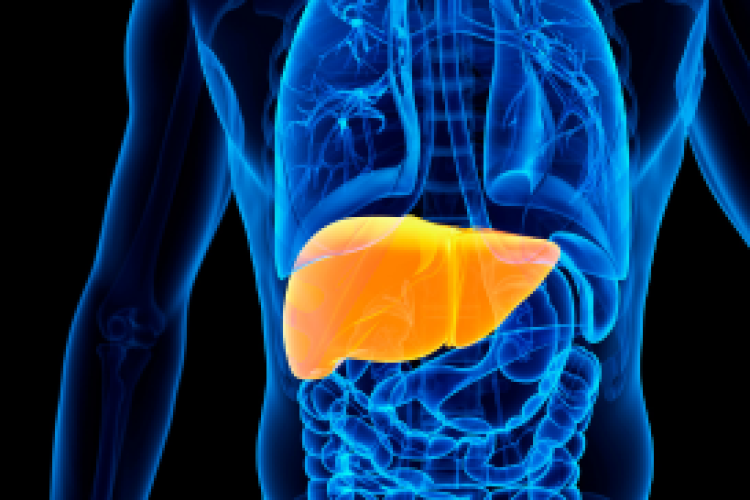
Ensuring a safe environment at school for kids with food allergies
As families prepare for the start of the school year, those whose kids have food allergies need to take extra steps to ensure their safety. Working with your child’s school, doctor and caregivers, you can help ensure a safe environment for your child, says Ma Lourdes de Asis, Section Chief of Allergy and Immunology at Montefiore Nyack Hospital.
Food Allergy Basics
The most common food allergens are the proteins in cow’s milk, eggs, peanuts, wheat, soy, fish, shellfish, sesame and tree nuts. Children frequently outgrow allergies to egg, milk and soy. However, peanut, tree nut, fish and shellfish allergies are most often life-long.
Food allergy reactions can vary unpredictably from mild to severe. Common symptoms of food allergies include itching, hives, swelling, difficulty breathing, dizziness, stomach upset and cramps. Some food allergy reactions progress to severe anaphylaxis – a severe, potentially life-threatening allergic reaction.
Dealing with Food Allergies
The most effective way to deal with food allergies is to avoid the food in question, Dr. de Asis says. “It’s important for the child to know what they’re allergic to, and to feel comfortable asking what’s in food,” she said.
Every child with a food allergy should have a Food Allergy & Anaphylaxis Emergency Care Plan (such as the one available from Food Allergy Research and Education (FARE -- https://www.foodallergy.org/food allergy). The plan outlines recommended treatment in case of an allergic reaction, is signed by a physician and includes emergency contact information. Keep your plan in a place where others can find it, and make sure you and others understand what to do in case of an emergency.
Children with food allergies should always carry self-injectable epinephrine (auto-injectable epinephrine) to be used in the event of an anaphylactic reaction. “It’s preferable to have two auto-injectable epinephrine in a pack, so if the first one doesn’t work, you can use the second one within 15 minutes,” Dr. de Asis said.
“Everyone who comes in contact with your kids, including their teacher and school nurse, babysitters, grandparents and other caregivers, should know what their child is allergic to, and know how to use an auto-injectable epinephrine, if necessary,” she said.
New Treatments
The U.S. Food and Drug Administration recently approved the first oral immunotherapy drug, Palforzia, to treat children ages 4 to 17 years old with a confirmed peanut allergy. The treatment focuses on building tolerance to peanuts. It desensitizes the body to the allergen.
The treatment starts with giving a tiny amount of peanut protein, then gradually larger amounts until a target dose is reached. Peanut allergy immunotherapy is designed to reduce the frequency and severity of allergic reactions. “It protects you from accidental ingestion of small amounts of peanut – it doesn’t allow you to eat a whole peanut butter sandwich,” Dr. de Asis said.
It may be possible to prevent peanut allergy from developing in the first place, she said. Research has found that feeding peanut-containing food to babies under a year old at high risk for developing peanut allergy protected them from developing the allergy. Babies at higher risk of developing peanut allergy include those with eczema. “Talk with your child’s pediatrician before attempting this,” Dr. de Asis said. “They’ll let you know if it’s a good idea, and how and when to introduce peanuts into their diet.”
There are many resources out there to support parents of children with food allergies, she said. “It can be overwhelming at first, but use your pediatrician, your allergist and organizations to help you.”
To find an allergy and immunology specialist, visit our Physician Finder at montefiorenyack.org.



 Upcoming Events
Upcoming Events



